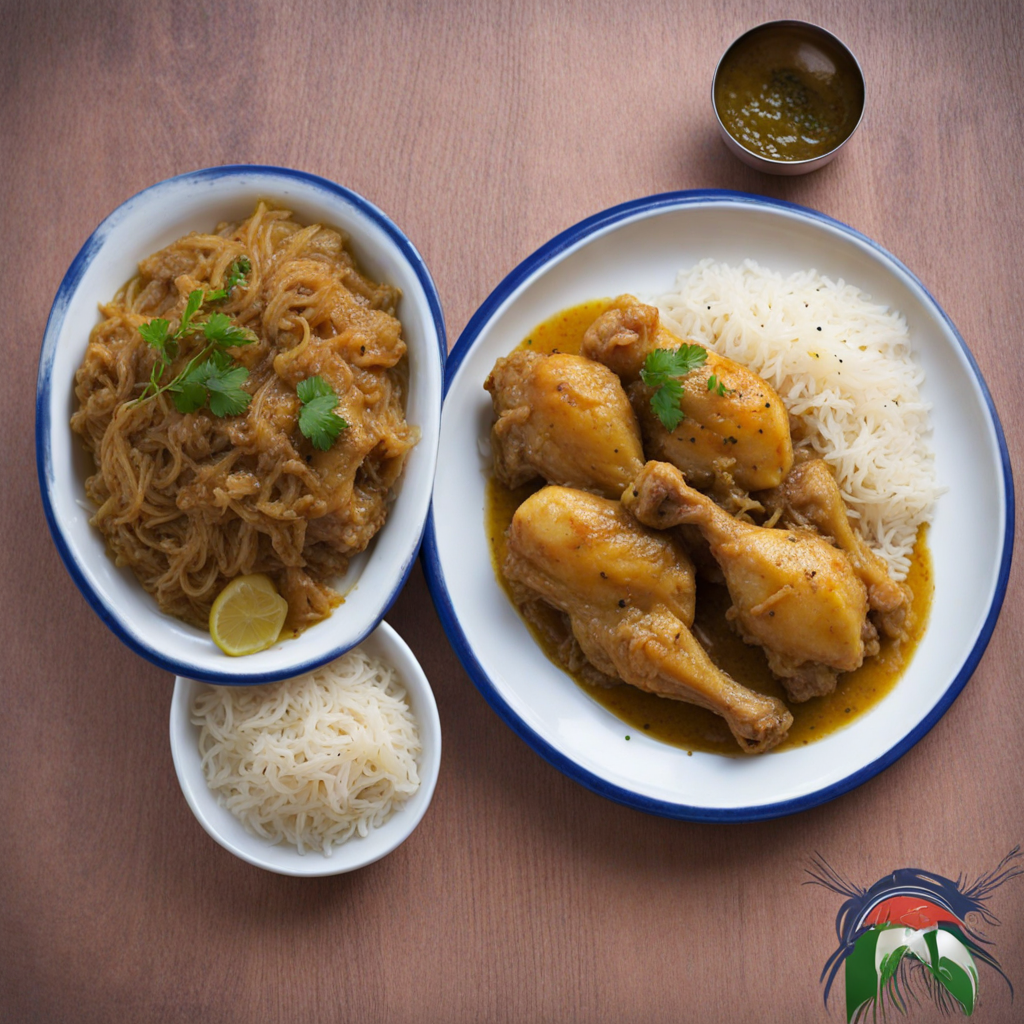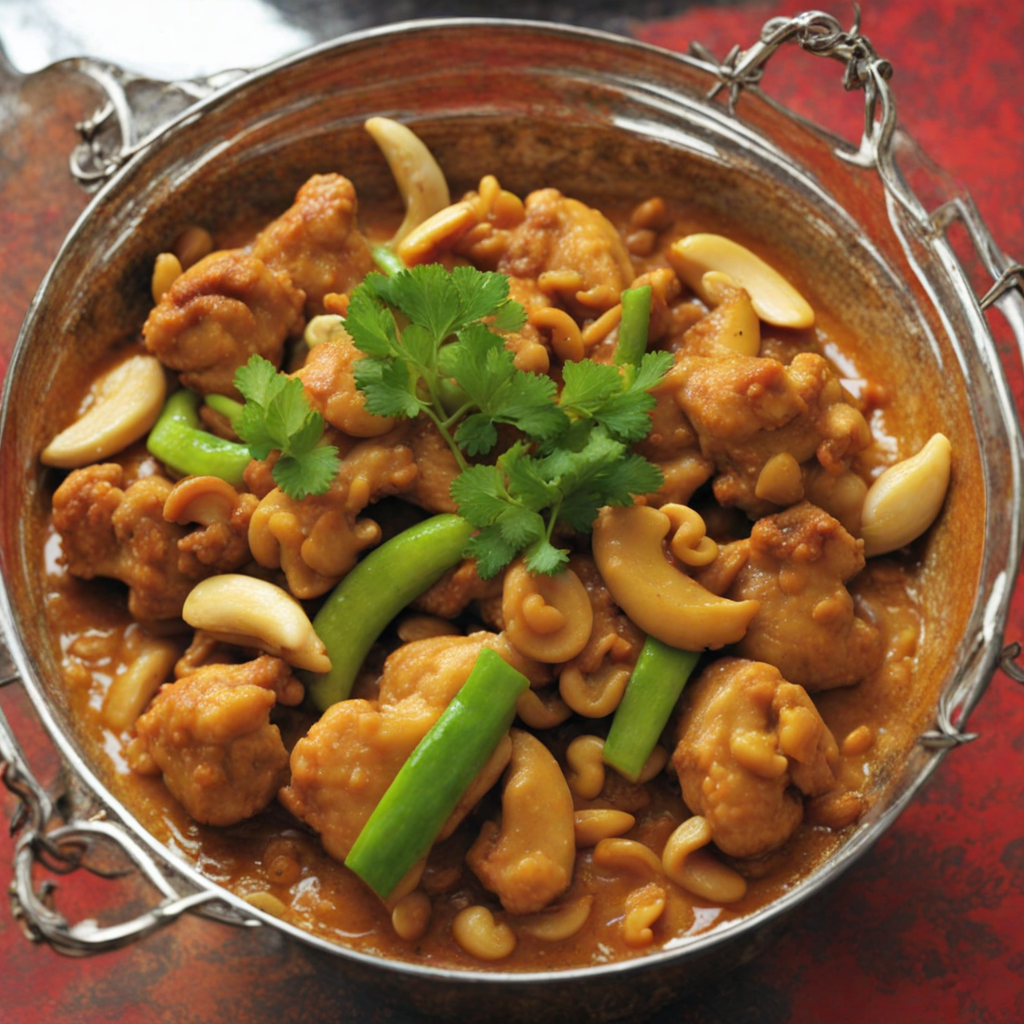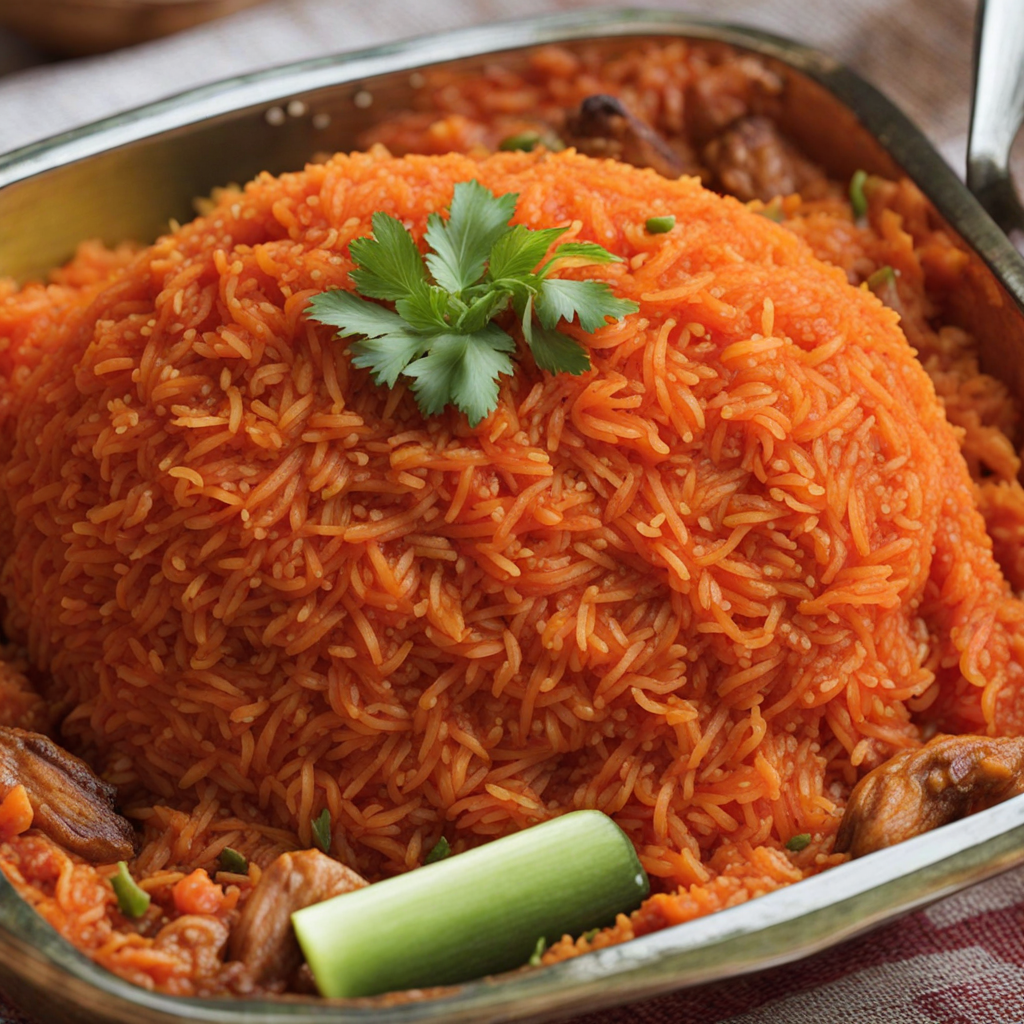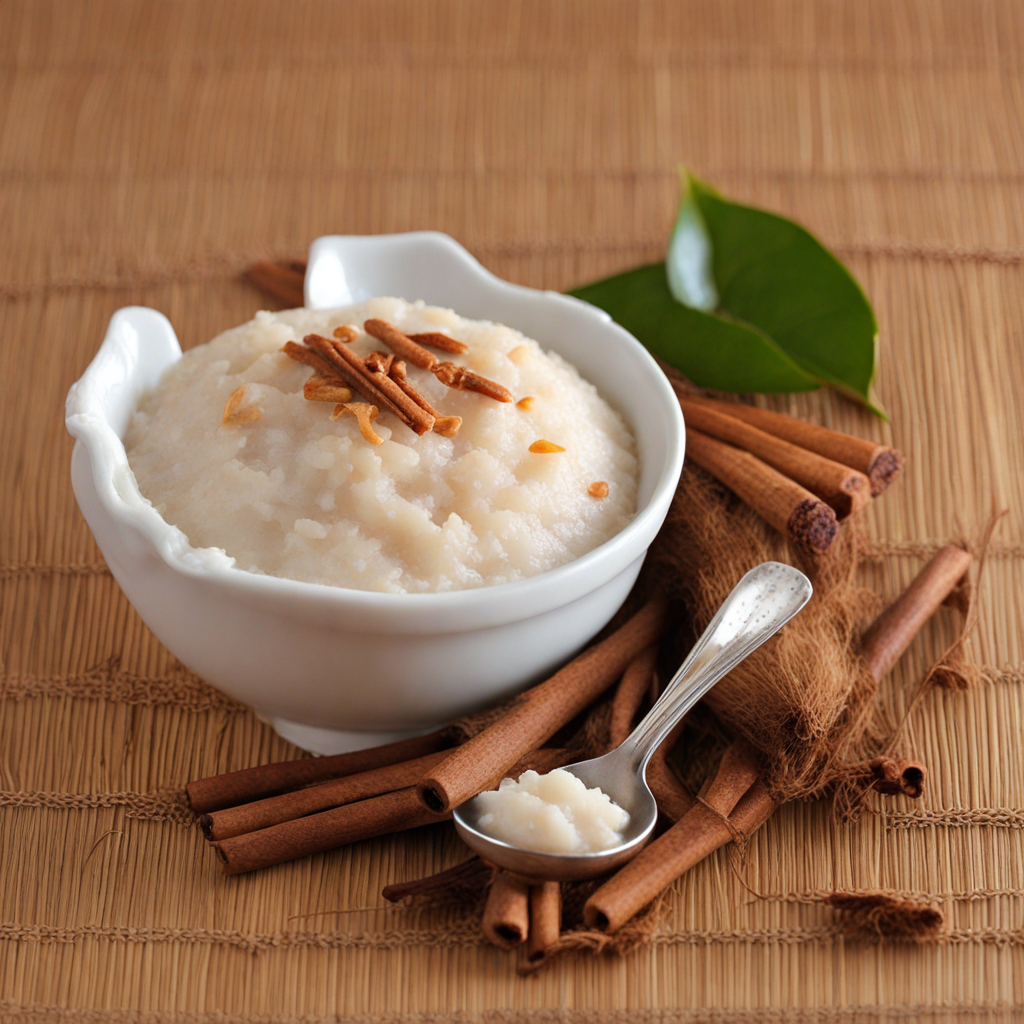Akara
Akara is a delightful and savory snack originating from Guinea-Bissau, showcasing the vibrant flavors of West African cuisine. Made primarily from black-eyed peas, the dish is prepared by soaking the beans, peeling them, and then grinding them into a smooth paste. This paste is typically mixed with onions, peppers, and a touch of salt, creating a fragrant and flavorful batter that captures the essence of the region's culinary traditions. The combination of textures and spices is what makes Akara a unique treat, perfect for those looking to explore new taste sensations. The preparation of Akara involves deep-frying the seasoned bean paste in hot oil, resulting in crispy, golden-brown fritters. The exterior becomes delightfully crunchy while the inside remains soft and fluffy, offering a satisfying contrast with each bite. Often enjoyed as a breakfast item or street food snack, Akara is commonly served with a spicy dipping sauce or alongside a fresh salad, enhancing its flavor profile and making it a versatile dish suitable for various occasions. As you take a bite of Akara, you'll be greeted with a burst of savory goodness, complemented by the aromatic hints of onion and pepper. The rich, nutty flavor of black-eyed peas shines through, making it not only delicious but also a nutritious option packed with protein and fiber. Whether you're a seasoned food explorer or a curious newcomer, Akara promises an exciting culinary adventure that will introduce you to the heart of Guinea-Bissau's food culture.
How It Became This Dish
The History of Akara: A Culinary Treasure of Guinea-Bissau Akara, a beloved dish in Guinea-Bissau, is a deep-fried fritter made primarily from black-eyed peas (cowpeas), spices, and sometimes additional ingredients such as onions and peppers. This dish has transcended its humble origins to become a culinary symbol that encapsulates the rich cultural tapestry of West Africa, particularly in the coastal nation of Guinea-Bissau. To appreciate the significance of Akara, we must delve into its origins, cultural importance, and evolution through time. #### Origins of Akara The roots of Akara can be traced back to ancient West Africa, where black-eyed peas have been cultivated for thousands of years. The legume is well-suited to the region's climate and soil, making it a staple food source. While the exact origins of Akara are difficult to pinpoint, it is widely believed that the dish emerged from the culinary practices of the Yoruba people of Nigeria, who are often credited with popularizing the fritter. In Nigeria, Akara is a traditional breakfast dish, often served with bread and a spicy sauce. Its popularity spread throughout West Africa, adapting to local tastes and ingredients along the way. In Guinea-Bissau, the dish took on a unique identity, influenced by the country's diverse ethnic groups, including the Balanta, Fula, and Mandinga peoples. Each group contributed its own flavors and cooking techniques, enriching the Akara experience. #### Cultural Significance In Guinea-Bissau, Akara is much more than just a delicious snack; it holds deep cultural significance. The dish is often served during special occasions, such as weddings, religious celebrations, and communal gatherings. Its preparation and consumption foster a sense of community and belonging, bringing families and friends together to share in the joy of food. Akara is also symbolic of resilience and resourcefulness. In a country where economic challenges persist, the dish represents a way to use locally sourced ingredients to create something nourishing and satisfying. Street vendors can often be found selling freshly fried Akara, making it an accessible and affordable option for many. This adaptability highlights the ingenuity of the people of Guinea-Bissau, who have managed to turn simple ingredients into a beloved staple. Moreover, Akara is often associated with the traditional practice of storytelling. In many communities, the preparation and sharing of food, including Akara, serves as a backdrop for exchanging stories, wisdom, and cultural practices. This oral tradition is vital for preserving the history and values of the community, making Akara a conduit for cultural transmission. #### Development Over Time As Guinea-Bissau has evolved, so too has the preparation and presentation of Akara. With the influence of globalization and migration, new variations of the dish have emerged. While the classic version remains popular, chefs and home cooks are experimenting with different ingredients, incorporating local spices, herbs, and even international flavors to create innovative takes on this traditional dish. One notable development has been the incorporation of cassava flour or sweet potatoes into the Akara mix, offering a gluten-free alternative that appeals to a wider audience. Additionally, some cooks have begun to add ingredients like shrimp or fish, reflecting the coastal nature of Guinea-Bissau and its access to fresh seafood. These adaptations not only showcase the creativity of local cooks but also highlight the fusion of traditional and modern culinary practices. The rise of food tourism has also played a role in the evolution of Akara. As more tourists visit Guinea-Bissau, there is a growing interest in authentic local cuisine. Restaurants and street vendors are increasingly showcasing Akara, introducing it to a global audience. This exposure has sparked interest in the cultural stories behind the dish, igniting a renewed appreciation for its significance. In the realm of social media, platforms like Instagram and TikTok have further popularized Akara beyond the borders of Guinea-Bissau. Food enthusiasts worldwide share their experiences of tasting this West African delicacy, offering glimpses into its preparation and the cultural context surrounding it. This sharing of culinary experiences helps to preserve and promote the heritage of Akara, ensuring that it remains relevant in the modern culinary landscape. #### The Future of Akara As we look to the future, Akara stands at the intersection of tradition and innovation. The dish's ability to adapt while retaining its cultural roots speaks to the resilience of Guinea-Bissau's culinary heritage. It is likely that Akara will continue to evolve, incorporating new flavors and techniques while remaining a beloved staple in the hearts of the people. Furthermore, as global interest in plant-based diets and sustainable eating grows, Akara's profile may rise even further. As a vegetarian-friendly dish made from beans, it aligns perfectly with the principles of health-conscious eating. This aspect could lead to more culinary exploration, with chefs experimenting with various legumes and spices to create new renditions of Akara. In conclusion, Akara is not merely a food item but a rich tapestry woven from the threads of history, culture, and community. Its journey from ancient West Africa to the present day reflects the adaptability and resilience of the people of Guinea-Bissau. As we savor this delectable fritter, we are reminded of the stories, traditions, and communal bonds that it represents, making it a cherished culinary treasure of West Africa. Whether enjoyed at a family gathering, a street stall, or a gourmet restaurant, Akara continues to be a symbol of unity and cultural pride in Guinea-Bissau and beyond.
You may like
Discover local flavors from Guinea-bissau







